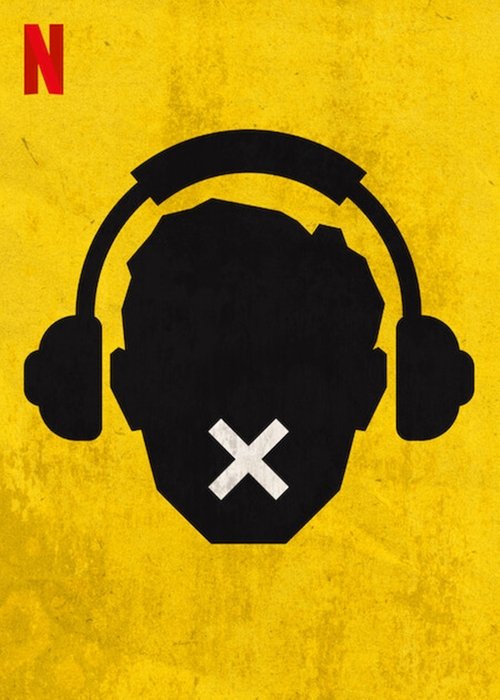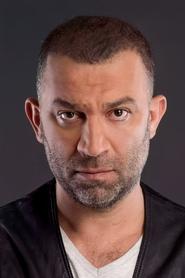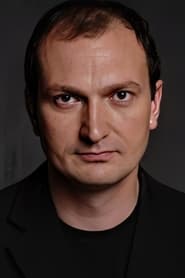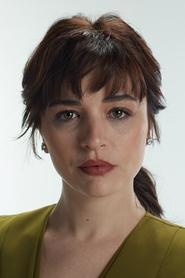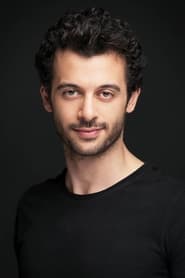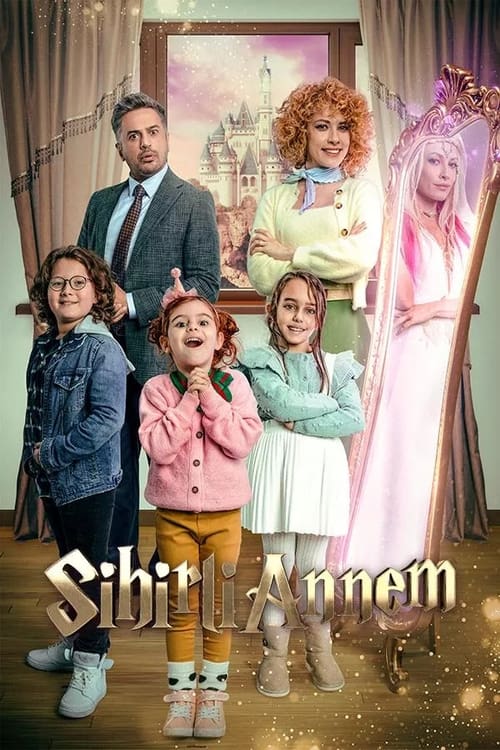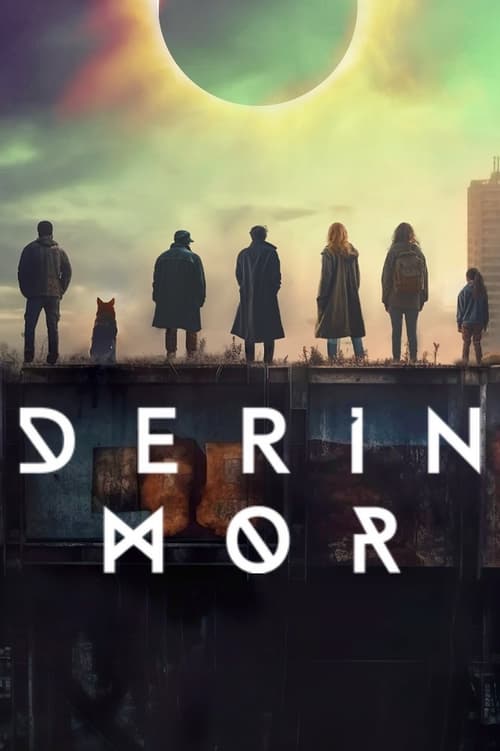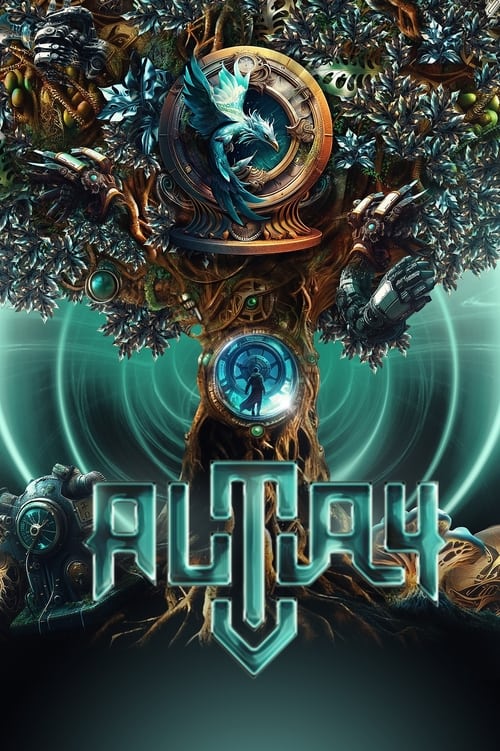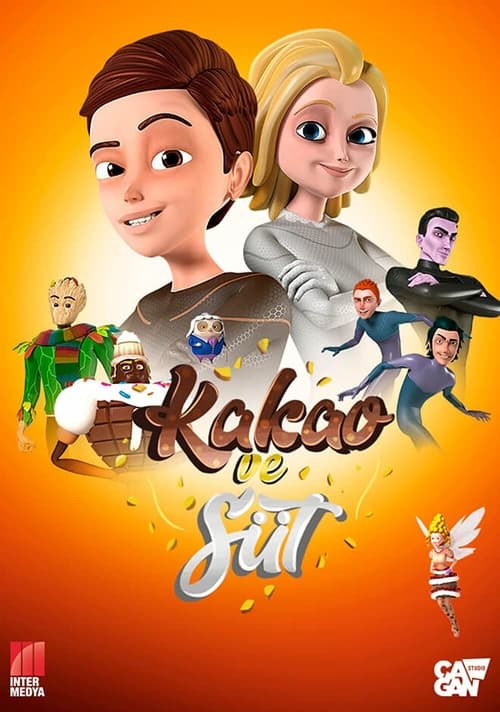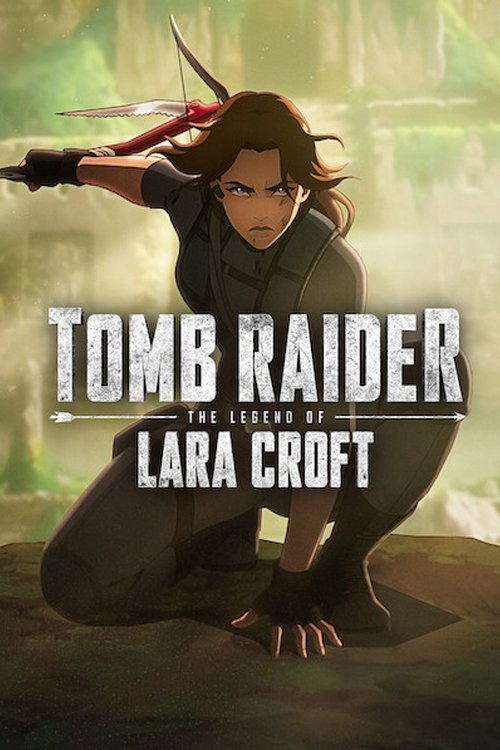
Ask Your Own Question
What is the plot?
In a dystopian future, a pandemic known as the "Hot Skull" virus spreads, causing those infected to experience violent hallucinations and ultimately leading to madness. The story follows Murat, a man who is immune to the virus but is haunted by the loss of his loved ones and the chaos surrounding him. He lives in a world where the government has imposed strict measures to control the outbreak, including the use of brutal enforcement tactics against those suspected of being infected.
Murat navigates the desolate streets of Istanbul, where he encounters various survivors, each coping with the aftermath of the pandemic in their own way. He is constantly on the run from the authorities, who are determined to capture anyone they suspect of being a carrier of the virus. His internal struggle is palpable as he grapples with his immunity, feeling both fortunate and cursed, as it isolates him from the rest of humanity.
One day, while scavenging for supplies, Murat stumbles upon a group of rebels who are fighting against the oppressive regime. They are led by a fierce woman named Zeynep, who is determined to find a cure for the virus. Murat is drawn to her passion and strength, and he decides to join their cause, hoping to find a sense of purpose and belonging. The group plans to infiltrate a government facility rumored to hold vital information about the virus and potential cures.
As they prepare for the mission, tensions rise within the group. Murat struggles with his feelings for Zeynep, while also dealing with the fear of losing more people he cares about. The night before the operation, he has a heart-to-heart with Zeynep, where they share their fears and hopes, solidifying their bond. This moment of vulnerability fuels Murat's determination to succeed.
The group executes their plan to infiltrate the facility. They face numerous obstacles, including security guards and surveillance systems. Murat uses his knowledge of the city to guide them through the labyrinthine corridors. During a tense moment, they are discovered, leading to a chaotic chase. Murat and Zeynep work together to evade capture, showcasing their growing trust and reliance on each other.
In the facility, they discover a hidden lab where experiments on infected individuals are being conducted. Murat is horrified by the inhumane treatment of the subjects and realizes the extent of the government's cruelty. They manage to gather crucial data about the virus, but as they attempt to escape, they are ambushed by government forces. A fierce confrontation ensues, with Murat and Zeynep fighting side by side against overwhelming odds.
During the escape, Zeynep is injured, and Murat must make a split-second decision to save her or continue fleeing. He chooses to save her, which leads to a dramatic standoff with the authorities. They manage to escape, but not without significant losses. The emotional weight of their experiences begins to take a toll on Murat, who feels the burden of responsibility for his comrades.
Back at their hideout, the group mourns their losses and reflects on the mission's outcome. Murat feels a deep sense of guilt for the lives lost, and Zeynep tries to comfort him, emphasizing the importance of their fight against the regime. They begin to strategize their next move, determined to use the information they obtained to rally more support against the government.
As they work to spread the word about the truth behind the virus, Murat's past continues to haunt him. He experiences flashbacks of his life before the pandemic, including moments with his family and friends. These memories fuel his resolve to fight for a better future, not just for himself but for all those affected by the virus.
The season culminates in a climactic confrontation between the rebels and the government forces. Murat and Zeynep lead a coordinated attack on a government stronghold, aiming to liberate captured rebels and expose the truth to the public. The battle is intense, with both sides suffering casualties. Murat's leadership is tested as he navigates the chaos, making critical decisions that impact the outcome of the fight.
In the final moments of the season, Murat faces off against a high-ranking government official who embodies the oppressive regime. The confrontation is personal, as Murat channels his grief and anger into a fierce determination to bring justice. The season ends on a cliffhanger, with Murat and Zeynep standing together, battered but unbroken, ready to continue their fight against the darkness that has engulfed their world.
What is the ending?
In the ending of "Hot Skull," the protagonist, Murat, confronts the reality of the epidemic that has ravaged society. He faces the consequences of his actions and the choices he has made throughout the series. The climax reveals the true nature of the virus and its impact on human relationships. Ultimately, Murat's journey leads him to a bittersweet resolution, where he must come to terms with loss and the hope for a new beginning.
As the final episodes unfold, we see Murat navigating a desolate landscape, filled with remnants of a once-thriving world. The air is thick with tension as he grapples with the weight of his past decisions. He is haunted by memories of loved ones lost to the virus, which has turned people into aggressive, mindless beings. Murat's internal struggle is palpable; he is torn between the desire to find a cure and the fear of what he might lose in the process.
In a pivotal scene, Murat encounters a group of survivors who have managed to evade the virus. They are wary of him at first, but he earns their trust by sharing his knowledge about the epidemic. This moment highlights Murat's growth; he transitions from a solitary figure to a leader who is willing to fight for the survival of others. The emotional stakes rise as he forms bonds with these survivors, each carrying their own scars from the outbreak.
As the climax approaches, Murat learns of a potential cure that could save humanity. However, it comes at a great cost. He must confront the antagonist, a former ally turned enemy, who embodies the chaos and destruction wrought by the virus. Their confrontation is intense, filled with raw emotion as Murat fights not just for his life, but for the future of those he has come to care for.
In the final moments, Murat makes a heart-wrenching decision. He sacrifices his chance at personal happiness to ensure the survival of the group. This act of selflessness encapsulates his character arc, showcasing his transformation from a man consumed by grief to one who embraces hope and community.
The series concludes with Murat standing amidst the ruins, looking towards the horizon. The sun breaks through the clouds, symbolizing a new dawn. The fate of the other main characters is intertwined with his; some find solace in their newfound family, while others are left to grapple with their own losses. The ending leaves viewers with a sense of ambiguity, reflecting the complexities of human resilience in the face of overwhelming adversity.
Is there a post-credit scene?
In "Hot Skull," Season 1, there is no post-credit scene. The series concludes its narrative without additional scenes after the credits, focusing instead on wrapping up the main storyline and character arcs within the episodes themselves. The final moments of the last episode provide a sense of closure, leaving viewers with the emotional weight of the characters' journeys and the implications of the world they inhabit.
What is the significance of the 'Hot Skull' disease in the story?
The 'Hot Skull' disease is a central plot element that causes individuals to lose their ability to communicate effectively, leading to chaos and societal breakdown. It manifests as a fever that affects the brain, making those infected dangerous to others. The disease serves as a catalyst for the events of the series, driving the protagonist's actions and the overall conflict.
How does the protagonist, Murat, cope with the challenges posed by the 'Hot Skull' disease?
Murat, the main character, navigates a world ravaged by the 'Hot Skull' disease with a mix of desperation and determination. He grapples with his own fears of infection while trying to protect his loved ones. His internal struggle is marked by moments of vulnerability, as he often reflects on his past and the relationships that have been affected by the disease.
What role does the character of Zeynep play in Murat's journey?
Zeynep is a pivotal character who represents hope and resilience in Murat's life. As a fellow survivor, she becomes a source of emotional support and motivation for him. Their relationship evolves throughout the series, showcasing moments of trust and conflict as they face the dangers of their world together.
What are the main obstacles Murat faces in his quest to find a cure for the disease?
Murat encounters numerous obstacles, including hostile factions that seek to exploit the chaos caused by the 'Hot Skull' disease. He also faces personal challenges, such as his own fears of becoming infected and the emotional toll of losing friends and family. These obstacles force him to make difficult choices that test his morality and resolve.
How does the setting of a dystopian society influence the characters' actions and decisions?
The dystopian setting amplifies the characters' struggles, as societal norms have collapsed due to the 'Hot Skull' disease. Characters are often depicted in grim environments, reflecting their internal turmoil. The scarcity of resources and the constant threat of infection drive them to make morally ambiguous decisions, highlighting the lengths they will go to survive.
Is this family friendly?
"Hot Skull" is a dystopian series that explores themes of a pandemic and societal collapse, which may not be suitable for younger audiences or sensitive viewers. Here are some potentially objectionable or upsetting aspects:
-
Violence and Threats: The show contains scenes of violence, including physical confrontations and threats, which may be distressing for children.
-
Pandemic Themes: The central premise revolves around a contagious disease that affects communication, which could be unsettling, especially in the context of real-world health crises.
-
Emotional Distress: Characters experience significant emotional turmoil, including fear, loss, and isolation, which may resonate deeply with sensitive viewers.
-
Dark Atmosphere: The overall tone of the series is bleak, with a focus on survival in a harsh environment, which might be too intense for younger audiences.
-
Mature Language: There are instances of strong language that may not be appropriate for children.
These elements contribute to a narrative that is more suited for mature audiences, as it delves into complex and often dark themes.

